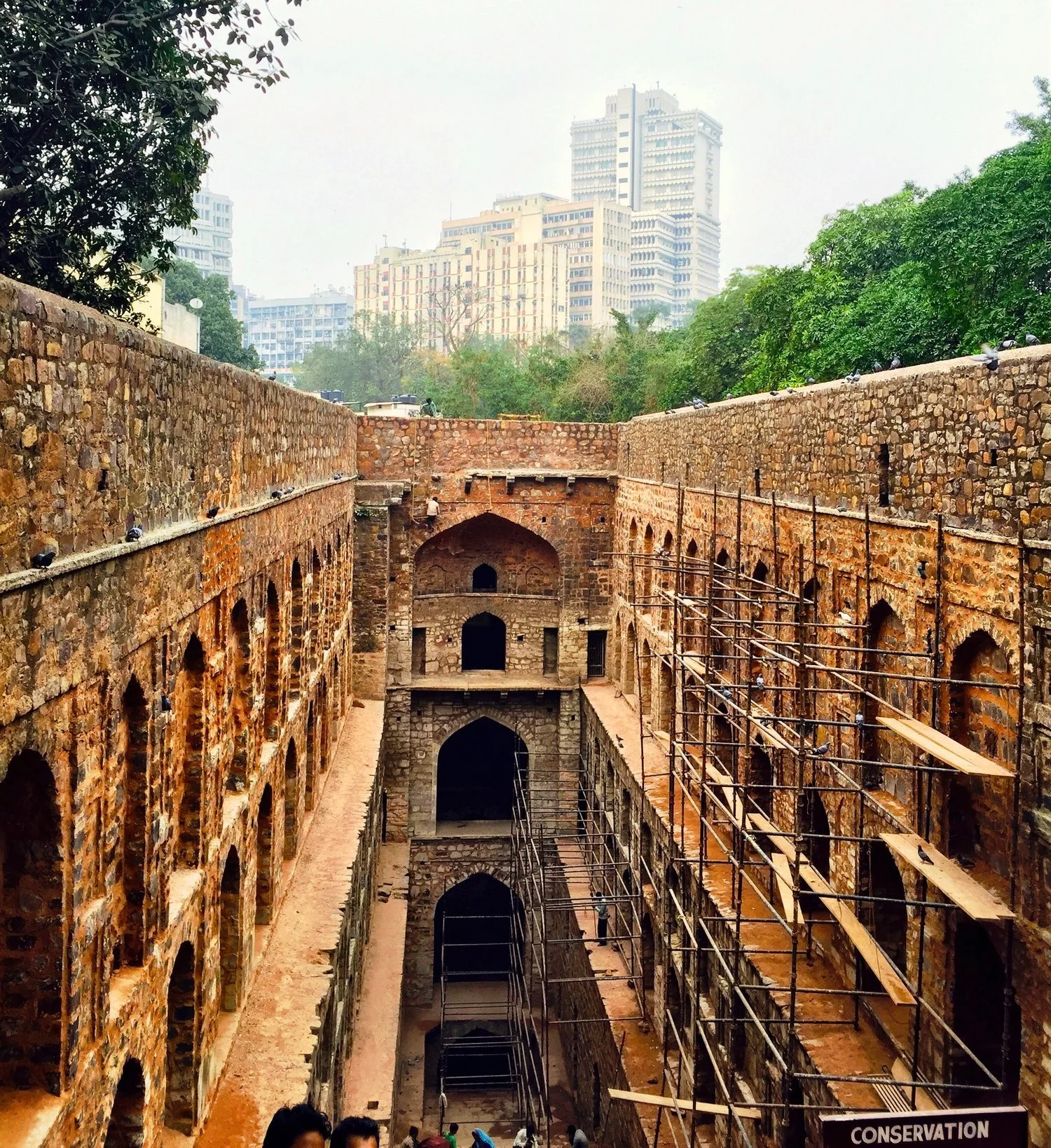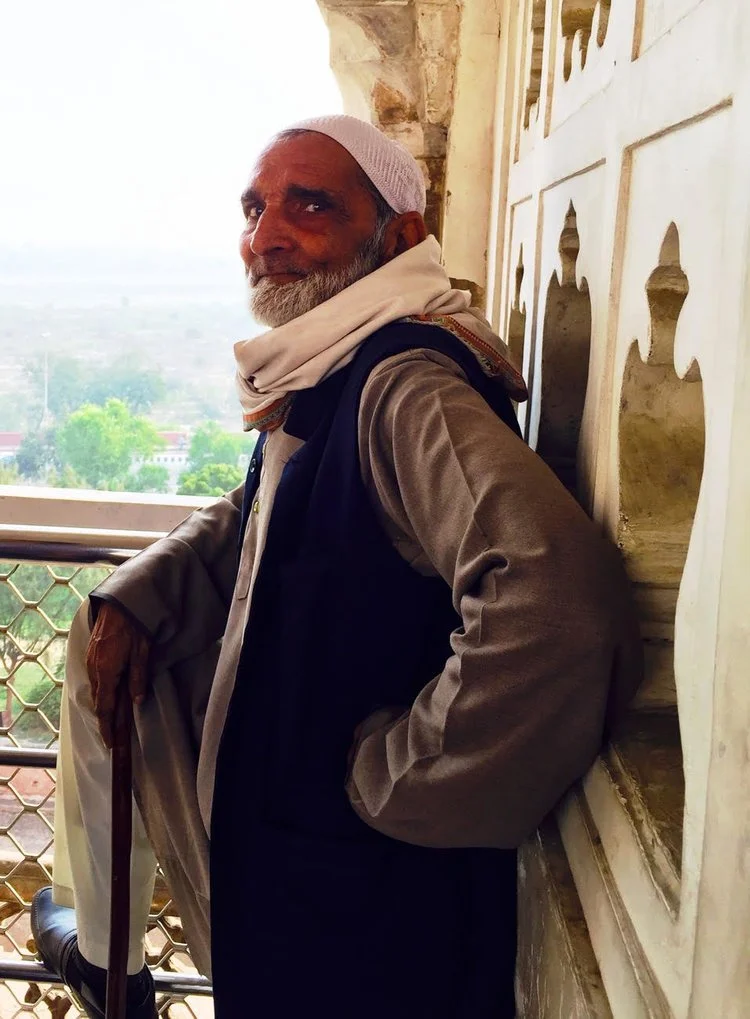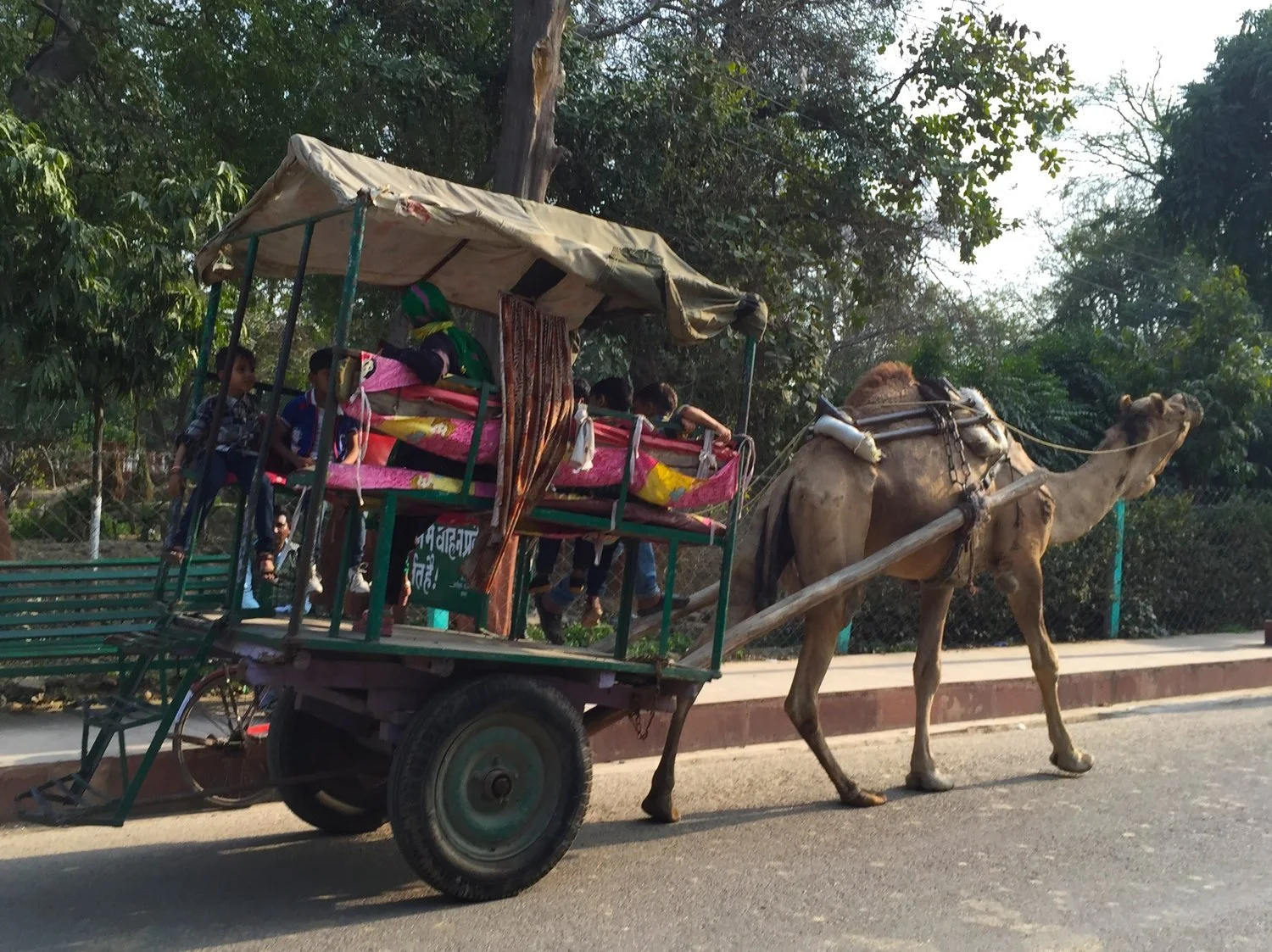India Revisited: New Delhi & Agra
India is a massive country full of wealth, poverty, endless colors, spicy aromas, marvelous architecture, and beautiful people. I had already visited several areas in southern India, but I felt a deep urge to return to the majestic country to see a few of the places I had not yet experienced. This time I would be traveling alone with the intention of cooking in private homes, eating the food of different classes of people, and seeing the palatial buildings of ancient emperors, including the Taj Mahal.
Through a series of email recommendations from friends of friends, I was able to locate a guide who lived in New Delhi and who was willing to show me around for several days. In a series of email exchanges, Vaibhav learned more than he needed to know about me, and he was prepared to show me enough monuments, temples, markets, shopping malls, street food vendors, and restaurants to make me collapse every night with exhaustion and a full tummy. In Delhi I stayed at one of the most luxurious hotels I've ever seen.
The ITC Maurya had its own floor for single women travelers. I also had my own concierge, a female guard outside my room, and every amenity they could think of in the room. And then there was the television channel that was entirely about the ITC hotel restaurants and chefs. I could not get enough! The hotel restaurant, Bukhara, was a real treat for Vaibhav and me as we donned our plaid bibs and ate tiki chicken, tandoor shrimp, naan, curried paneer, coriander chutney and dal makhani that dripped down our chins and onto that attractive bib. But enough about that wonderful hotel and their food!
My guide, Vaibhav Chauhan, is a trained museologist, art conservator and certified heritage tourism professional, and is a lifetime member of the International Council of Museums. I'm so glad I did not know all this before hiring him, because I would have expected a really dull and boring "tour guide" who wanted to discuss history and art non-stop. It didn't take long for him to figure out that I wanted to see some really great historical monuments and eat some incredibly delicious Indian food.
He arranged for me to have a cooking lesson in the home of his friend who has a full-time personal chef. It was such a treat to be in an Indian home and get to cook chicken biryani and chickpea curry with the help of a life-long cook who learned all she knows from her mother and grandmother.
I was perfectly willing to let Vaibhav take me to world heritage sights, such as Humayun's tomb, which is the tomb of the Mughal Emperor Humayun, and was commissioned by his wife in 1569. It was India's first "garden tomb", and the grounds and gardens surrounding it are exquisite. We also visited Qutb Minar, which is the 2nd tallest minar in India and stands 100 meters tall. Construction began in 1193 and was completed in 1368. The Jama Masjid is the principal mosque of Delhi. It is the best known mosque in India, and was commissioned by the Mughal Emperor Shah Jahan in 1650. It lies at the entrance to the Chawri Bazar Road, which is the very busy market road in Old Delhi.
After visiting this monument, we boarded a rickshaw and took a memorable ride through the markets of Old Delhi. I've never seen such activity and commotion. The rickshaw driver pedaled with fervor as we rode among oxen, scooters, tuk tuks, pedestrians, and fruit carts, all anxious to get somewhere quickly. We stopped to walk the Paratha street where we saw an older gentleman sitting Indian style, forming parathas while a young boy fried them in hot ghee.
We found a table and ordered an almond paratha and plain paratha, which were served with coriander chutney, tamarind chutney with bananas, and pickled chiles. We walked to the spice market where I bought cinnamon sticks, Kashmir saffron and dried chiles. Another street was crowded with beads and trims for the ornate Indian dresses worn for special occasions. I bought a spool of beautiful gold crocheted lace, in hopes to embellish something in the near future as a reminder of this colorful avenue.
Our last two days of my customized tour were spent in Agra, just three hours from Delhi. Fortunately, we had a terrific driver the entire time, and he drove the new motorway that connects Delhi and Agra. It was an amazing change from the bustling city of Delhi since there were few cars on the road between the two cities. Once in Agra, however, the colorful chaos resumed, and we were once again in traffic congestion and pedestrian commotion all the way to the hotel. We stayed in the sister hotel to the one in Delhi, the ITC Mughal. Again, I had a single woman traveler's room, which was nearly as nice as the one in Delhi. It didn't matter much, though, because Vaibhav kept me busy for two days touring monuments and restaurants, which left little time in the hotel room.
Our first stop was the breathtaking Taj Mahal. At first sight, I truly did get a little emotional. The white marble mausoleum was commissioned in 1632 by the Mughal emperor Shah Jahan to house the tomb of his third wife. The Taj Mahal stands on the southern bank of the Yamuna River, and is widely recognized as "the jewel of Muslim art in India". It perfectly blends elements from Islamic, Persian, Ottoman Turkish and Indian architectural styles. It was completed in about 22 years, in 1653, employing around 20,000 artisans and craftsmen throughout the empire. It attracts 3 million visitors every year. When you arrive, there are many photographers ready to take your photo in all the right locations. I decided to let a young man take Vaibhav's and my photo, and after 25 shots in various locations around the Taj, I insisted it was enough! Vaibhav negotiated a price of $20. When we were leaving the Taj Mahal, the photographer presented me with an album of every photo in 5X7", and a disc, all for $20. What a deal! We visited the Taj Mahal two days in a row, both at sunset. It was truly a sight I will never forget.
Agra Fort is also a World Heritage site and is about 2.5 km northwest of the Taj Mahal. It is really more of a walled city. When we arrived, there was an elderly gentleman at the gate who asked if he could be my guide. He was a licensed tour guide and had lived in Agra most of his life. He walked us through the fort and explained each area in detail, but not without asking me to give him my iPhone at each stop so he could take my photo. It was really quite humorous, and I convinced him a couple of times to let me take his photo. He explained that the present-day structure was built by the Mughals, though a fort had stood there since the 11th century. Sikanddar Lodi (1488-1517) was the first Sultan of Delhi who shifted to Agra to live in the fort. He governed the country from there and Agra assumed the importance of the second capital.
Perhaps my favorite monument other than the Taj Mahal was the Tomb of I'timād-ud-Daulah. It is often called the "Jewel Box" or the "Baby Taj". It is a Mughal mausoleum, commissioned by Nur Jahan, the wife of Jahangir, for her father, Mirza Ghiyas Beg. The structure consists of numerous outbuildings and gardens, built from red sandstone and white marble. The stone inlay and carved marble windscreens were just incredible. We happened to visit during mid-day, and no one else was there, which made it even more attractive. Frankly, I could not believe there weren't more people visiting the Baby Taj, as I thought it was equally as elaborate and ornate as the Taj Mahal, but on a smaller scale.
For my final dinner in India, Vaibhav and I dined at the hotel restaurant, Peshawri. It had the identical menu as Bukhara (at the Delhi ITC hotel), but there was no crowd, and only one other table occupied. I ordered 8 or 10 items off the menu, and Vaibhav confessed he'd never seen someone who can order so much food and look so happy. By that time, he figured out that just because I order so many things, doesn't mean we have to eat it all. We were hopeful that the restaurant made good use of our leftovers. That night, I was most intrigued with the paneer tikka, a delicious dish of fresh cottage cheese, marinated, breaded, and cooked in the tandoor. Of course, the jumbo prawns, marinated in yogurt and spices, and then cooked in the tandoor were delicious. We ordered plenty of naan and paratha, which I had become quite accustomed to using as my tool for eating the other foods on my plate. Many Indians do not use silverware, but use the bread or rice to scoop up all the curry goodness. At the end of the meal I was able to go into the kitchen to meet the tandoor chefs. I told them I cook in my own tandoor oven at home, and they were eager to give me tips and temperatures for different tandoori dishes. The master chef even gave me a toque (chef hat) to pose for a photo.
I cannot say enough good things about my experience in India for these five short days. Vaibhav made the entire experience so enjoyable, and we covered so much ground. He told me he was planning to join a health club as soon as I departed so he could maintain the fitness level he acquired with me while walking through monuments, markets, and gardens. However, we promised each other that we would not resume the portions of food we had consumed in those five days!





























